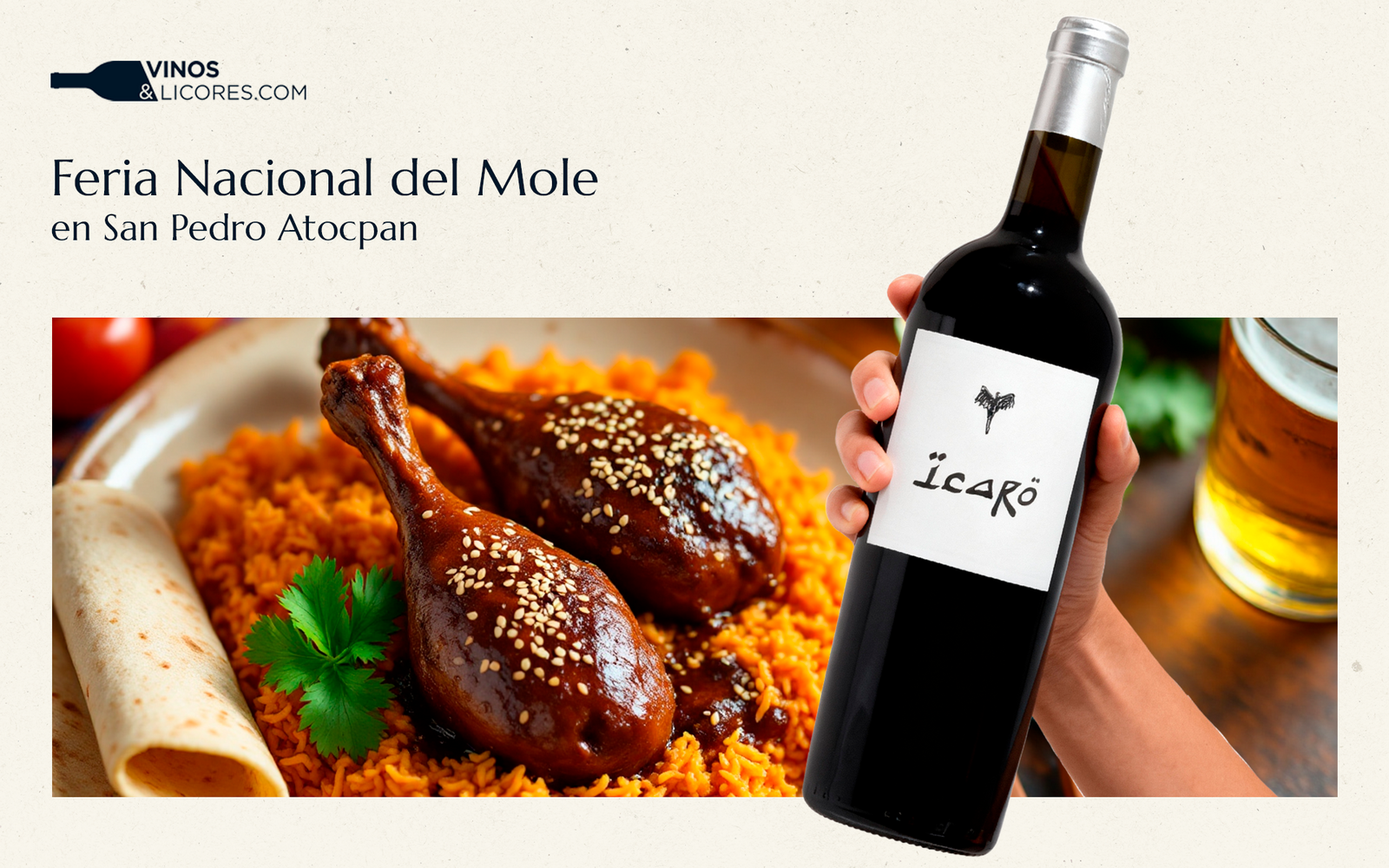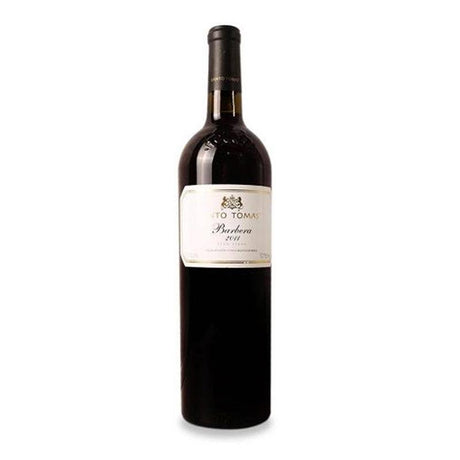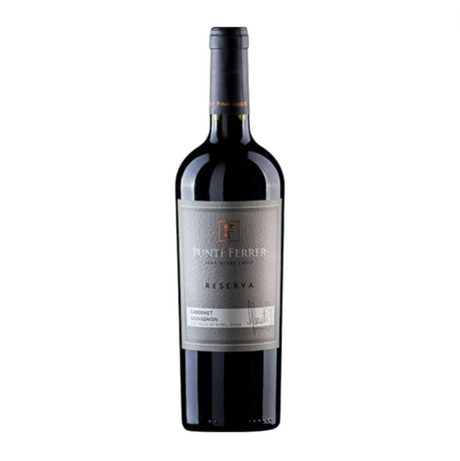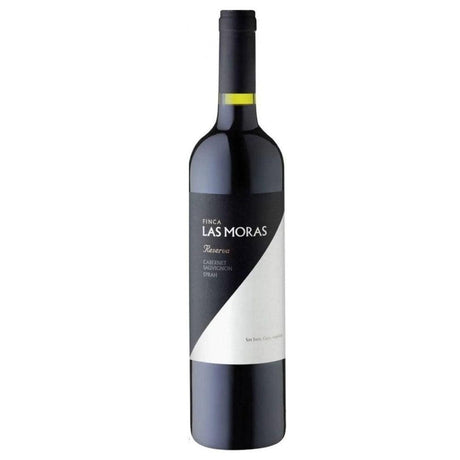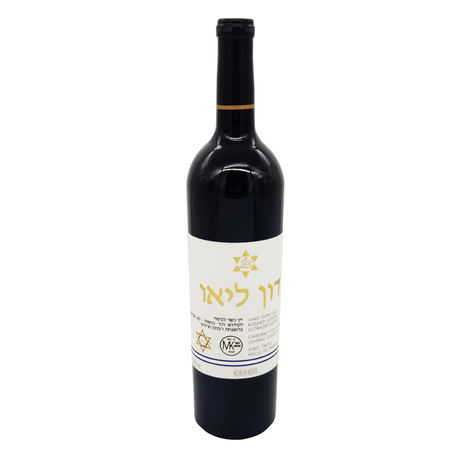History of the origin of the fair and of mole
Every year, the heart of Mexico is filled with unmistakable aromas, colors, and flavors to celebrate one of the most emblematic dishes of the national cuisine: mole . The National Mole Fair , traditionally held in San Pedro Atocpan , a community located in the Milpa Alta borough of Mexico City , is a tribute to the culinary heritage that has put mole on the world map.
Mole has pre-Hispanic roots. Its name comes from the Nahuatl word molli , which means " mixture " or " sauce ." Originally, it was prepared with ingredients such as chilies, seeds, spices, and cacao, and was offered to the gods in rituals. With the arrival of the Spanish, new ingredients such as cinnamon, sesame seeds, and bread were incorporated, giving rise to the mestizo versions we know today.
The National Mole Fair was established in 1977 when a group of mole-producing families from San Pedro Atocpan decided to organize an event to promote the artisanal mole made in the region. This town produces around 90% of the mole consumed in Mexico , making it the undisputed capital of the dish.
Since then, every October, thousands of visitors gather to enjoy the fair, which combines gastronomy, music, dance, crafts and a festive atmosphere that celebrates Mexican identity.
Variations of mole, a universe of flavors
Although mole poblano is the most famous, there are more than 50 regional varieties throughout the country, each with its own unique ingredients and nuances. Among the most renowned are:
-
Oaxaca black mole : dark and deep, with chocolate, dried chilies and spices.
-
Mole coloradito : with a milder and slightly sweet flavor.
-
Green mole : made with fresh herbs, pumpkin seeds and green chilies.
-
Almond mole : with sweet notes and a creamy texture thanks to the almonds.
-
Fruit mole : typical of Puebla and Guerrero, with banana, apple or peach.
In San Pedro Atocpan, three styles predominate: almond mole, red mole, and green pipián , all made with traditional techniques passed down from generation to generation.
Pairing: how to enjoy mole with drinks
Mole is a complex dish, so pairing it with food requires balance. Here are some ideal combinations:
-
Young or fruity red wine : a Cabernet Sauvignon or a Merlot complements the intense flavors of mole poblano.
-
Dark or craft beer: the toasted and caramelized notes harmonize with cocoa and chilies.
-
Reposado tequila or smoked mezcal : they highlight the depth and spicy nuances of the black mole.
-
Dry or sparkling rosé wine : they combine perfectly with lighter moles such as green or fruit moles.
-
High-altitude coffee or artisanal hot chocolate : a traditional option to accompany mole at breakfasts or family celebrations.
A festival that preserves identity
In addition to the culinary delights, the fair promotes cultural preservation and rural tourism . Visitors can tour workshops where mole is made from scratch—toasting, grinding, and mixing by hand—as well as enjoy artistic performances, dances, and displays of folk art.
The event attracts over 500,000 attendees each year and is considered one of Mexico's most important food festivals . Its success has inspired similar festivals in states like Puebla, Oaxaca, and Guerrero, where this iconic dish is also celebrated.
The National Mole Fair is not just a celebration of food: it celebrates a history, an identity, and a culinary heritage that unites Mexico. Behind every dish lie centuries of tradition, innovation, and a love for authentic flavors.
And if you pair it with a good wine , craft beer, or Mexican spirit, the experience becomes a true feast for the senses. Discover our collection of wines at Vinosylicores.com to perfectly complement this iconic Mexican dish.
